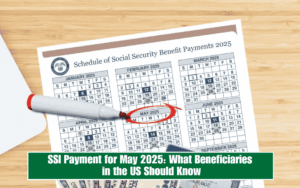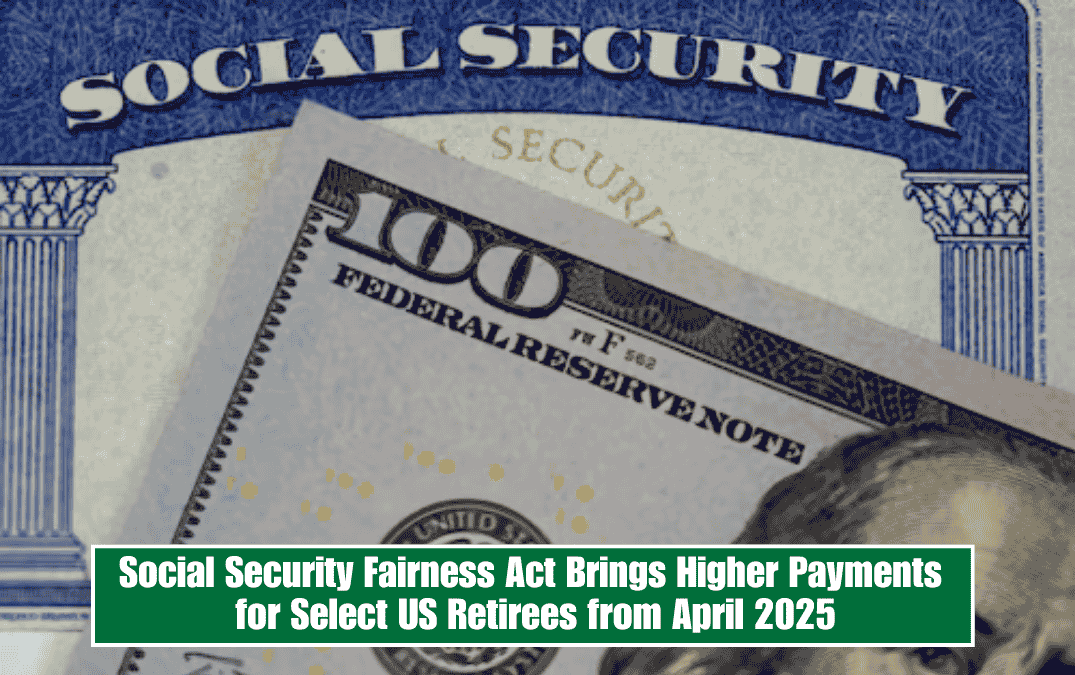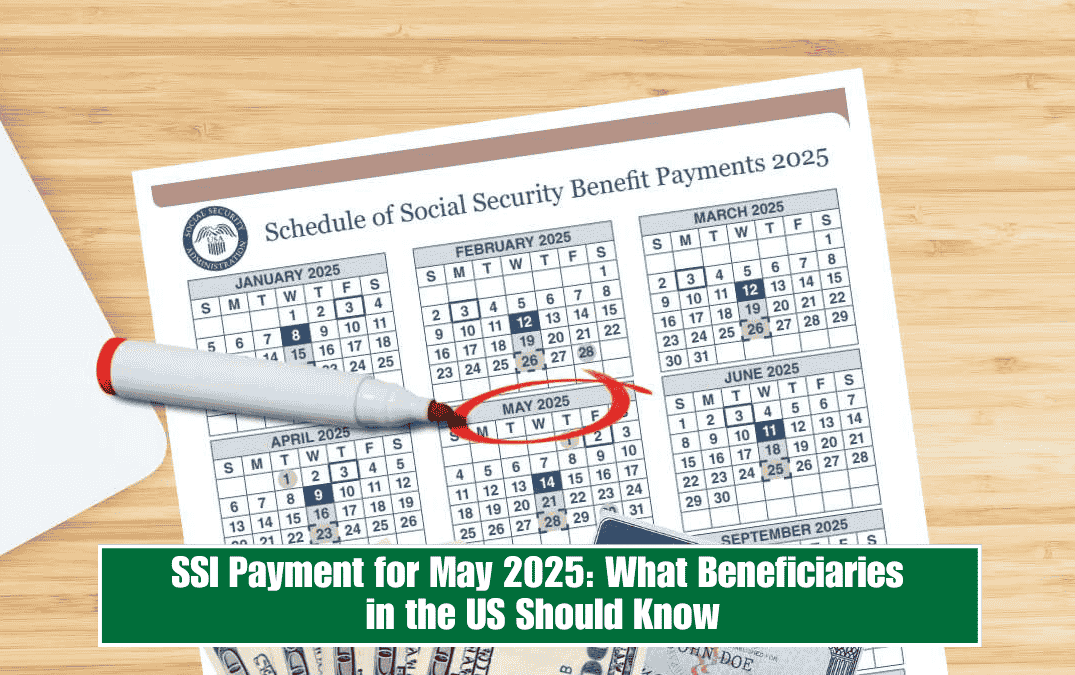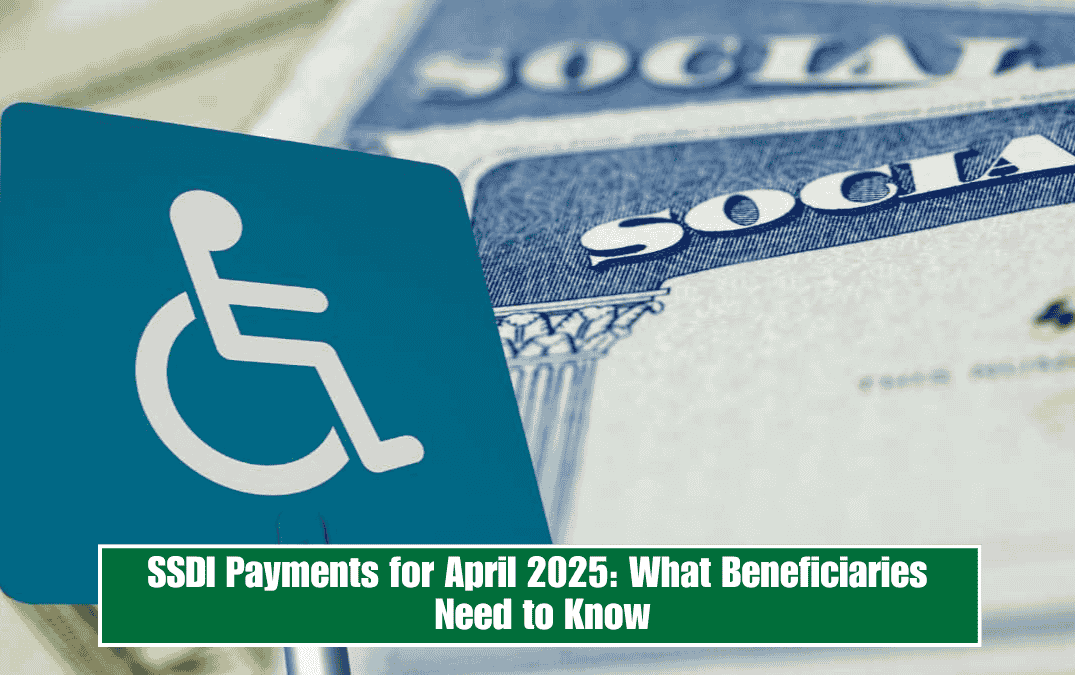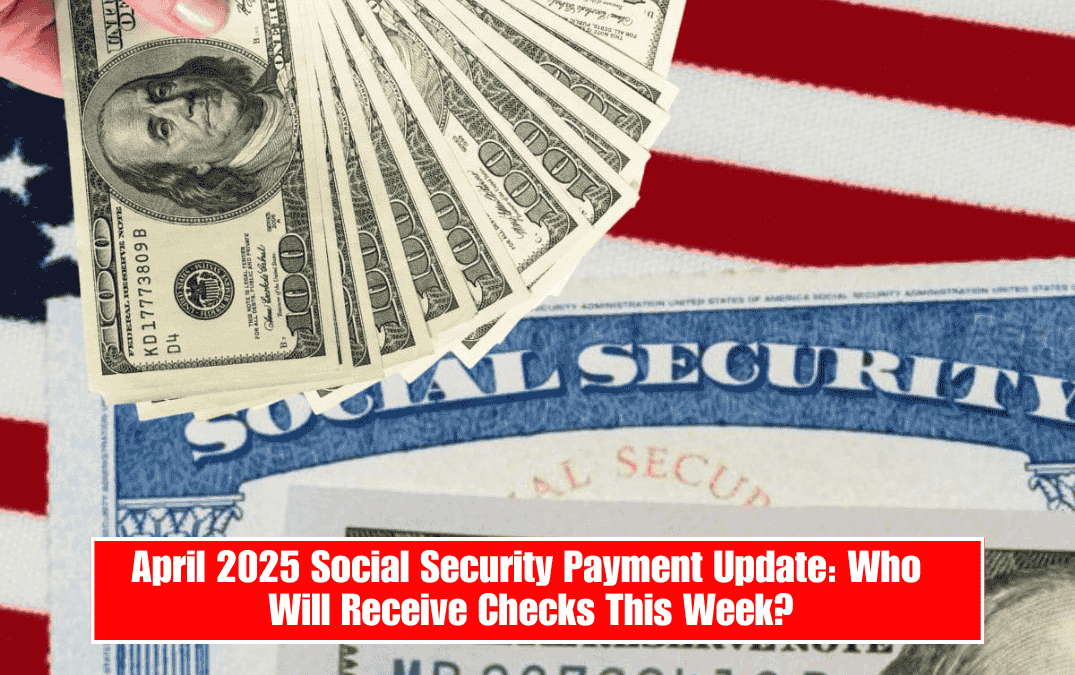The Social Security Administration (SSA) will start distributing benefits to nearly 70 million Americans this month, including retirees, survivors, and those with disabilities. This week’s disbursements include adjustments from the Social Security Fairness Law, which was approved in December 2024. Payment dates vary based on the type of benefit and the beneficiary’s profile.
On April 1, 2025, the SSA allocated the first funds through Supplemental Security Income (SSI), targeting older adults, people with visual or functional disabilities, and those with limited financial resources. The program aims to provide financial stability for vulnerable groups, with maximum amounts of $967 for individuals and $1,450 for couples who apply for benefits together.
The Social Security benefits calendar continues throughout the month of April
On April 3, payments were issued to retirees who started receiving benefits before May 1997. This group also includes people who receive SSI. The SSA recommends waiting three business days after the established date to report delays, excluding weekends and federal holidays like Memorial Day.
For retirees not in the previous group, the dates are determined by their day of birth: April 9 corresponds to those born between the 1st and 10th of any month; the 16th, to those born between the 11th and the 20th; and the 23rd, to those born between the 21st and 31st. The maximum amounts range from $2,831 (retirement at age 62) to $5,108 (waiting until age 70 to retire).
permanent increases for retirees with a new law
The Biden administration promoted the Social Security Fairness Act, which eliminated two rules (WEP and GPO) that reduced benefits for retirees with pensions from excluded employers, including firefighters, police officers, and teachers. The measure affects 3.2 million people, including widows and spouses. In March 2025, many people received one-time retroactive payments for accumulated benefits.
Beginning in April, monthly increases will be permanent: $360 on average for retirees, $700 for beneficiary spouses, and $1,190 for affected widowers. In complex cases that necessitate manual review, the process could take up to one year. If the April payment is the same as the March payment and appears to be included in the law, the SSA recommends contacting them.
mandatory transition to electronic methods of receiving benefits
On March 25, 2025, Donald Trump signed an executive order to eliminate paper checks for federal payments, including Social Security benefits. Disbursements will be made exclusively through direct deposit, prepaid cards, or digital methods beginning September 30 of that year. The measure aims to reduce costs, delays, and fraud.
The White House estimates that by 2024, the check system will cost $657 million. Currently, 456,000 beneficiaries (0.7% of total) continue to receive physical payments.
Exceptions apply to those who do not have banking access, are experiencing emergencies, or are suffering from serious problems as a result of the transition. Applicants must provide documentation to support their situation.
Although the measure appears to be effective, older adults and residents of rural areas may face challenges. The exception process is not automatic; it requires documentation and justification.
The SSA will start proactive communication with affected parties to ease the transition. Those who prefer digital methods have two options: direct deposit or government prepaid cards.



